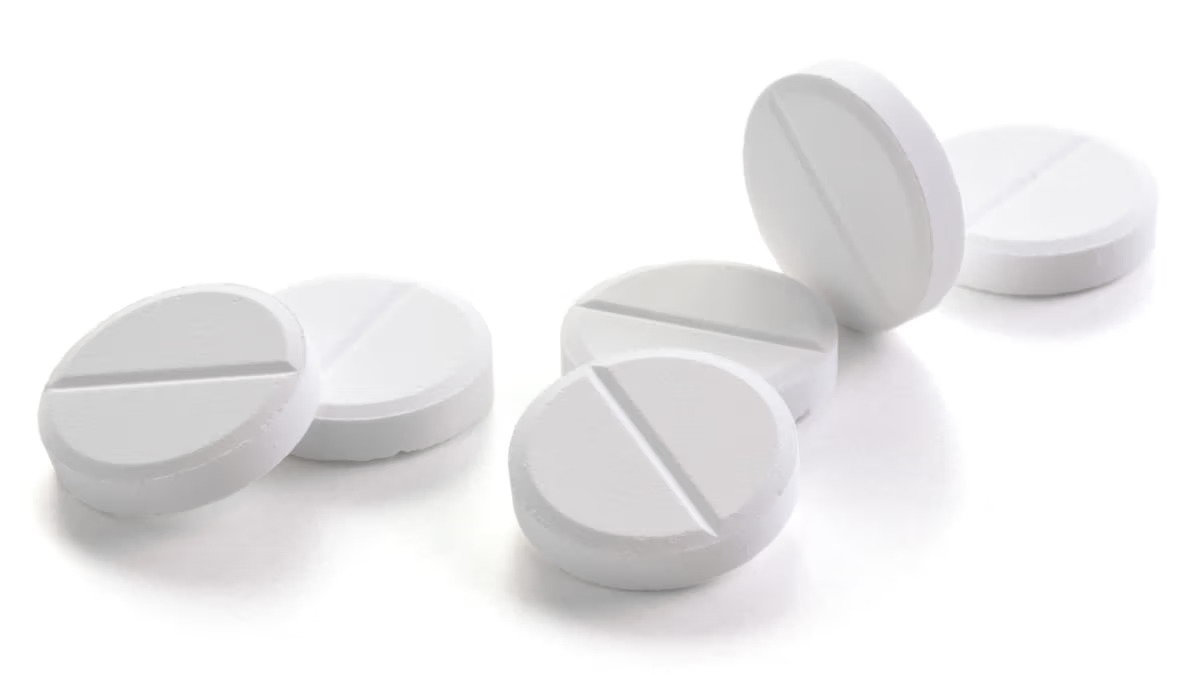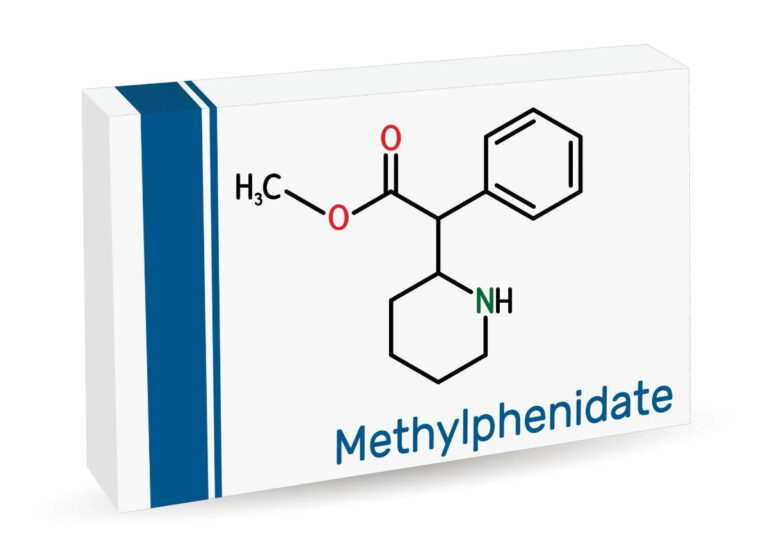Modafinil Half-Life Explained: Why Some Users Feel It Fades Faster
Modafinil, known for its wakefulness-promoting effects, is commonly prescribed for excessive daytime sleepiness caused by conditions like narcolepsy, shift work sleep disorder, and obstructive sleep apnea. While it’s clinically noted to have a 15-hour half-life, many users report that its effects often wear off much sooner. Understanding how modafinil’s half-life works, its pharmacokinetics, and the factors influencing its duration can help explain why some experience its impact fading faster than expected.
Understanding Half-Life and Duration of Effects
Defining Half-Life
In pharmacology, half-life is a key concept describing the time required for the concentration of a drug in the bloodstream to reduce by half. For modafinil, the average half-life is around 15 hours. This means that, generally, half of the modafinil dose will still be in the body 15 hours after taking it. However, half-life measures drug elimination rather than the duration of effects a user will feel.
Difference Between Half-Life and Duration of Effects
A common misconception is that a longer half-life equates to prolonged effects, but the half-life of a drug is not the same as its duration of action. While half-life measures how long a drug stays in the body, the duration of effects depends on factors such as the drug’s mechanism of action, receptor binding, and the user’s tolerance. For modafinil, many users find that the effects diminish before the drug is fully metabolized, which explains the “afternoon crash” often reported.
Modafinil’s Half-Life According to Research
Pharmacokinetics and Absorption
Modafinil is absorbed rapidly after oral administration, with peak blood concentrations generally reached within 2 to 4 hours. After absorption, it’s metabolized in the liver, primarily by enzymes like CYP3A4. Research shows that the elimination half-life of modafinil averages about 15 hours in healthy individuals, though it can vary depending on factors like age, liver function, and renal health. People with impaired liver or kidney function may metabolize modafinil slower, which can lead to prolonged effects or potential side effects due to accumulation.
Clinical Half-Life and User Variability
While studies generally indicate a 15-hour half-life, individual metabolic factors play a significant role in how long modafinil remains effective. Liver enzymes, particularly CYP3A4, vary among individuals, affecting how quickly modafinil is broken down. People with high enzyme activity may metabolize modafinil faster, reducing its effective duration. Consequently, those with faster metabolism often report a more rapid onset and shorter duration of effects, which can make modafinil feel less consistent.
Why Some Users Report Shorter Effects
Variability in Half-Life Impact
Despite the clinically reported 15-hour half-life, many users feel that modafinil’s alertness-promoting effects fade much sooner, often within 4 to 6 hours. This discrepancy could be attributed to various factors, including individual metabolic rates, body size, activity level, and even dietary habits. For instance, users with high metabolic rates may clear the drug faster, causing a shorter effect duration despite the remaining modafinil in the bloodstream.
Role of Enantiomers
Modafinil contains two types of molecules called enantiomers: R-modafinil and S-modafinil. The R-modafinil enantiomer has a half-life of around 12 to 15 hours, whereas S-modafinil’s half-life is shorter, around 4 to 6 hours. This difference between the enantiomers can lead to an initial strong effect that tapers off more quickly for some users. If a person’s body metabolizes the S-modafinil component faster, the overall effects might feel diminished sooner, even though modafinil is still present in the bloodstream.
Tolerance and Dosing Patterns
Another factor affecting modafinil’s perceived effectiveness is tolerance. Over time, some individuals find that modafinil’s effects weaken, even with regular use. Users who experience a shorter effect window sometimes experiment with dosing schedules, such as taking smaller doses throughout the day to maintain their alertness. However, any dosing adjustments should be made with a healthcare provider’s guidance to avoid side effects and ensure optimal outcomes.
How Users Manage Modafinil’s Shorter-Than-Expected Effects
Split Dosing Approach
One strategy some users find effective is split dosing, where the dose is divided into two administrations: one in the morning and one around midday. For example, instead of taking a single 200 mg dose, a user might take 100 mg in the morning and another 100 mg at noon. This method helps maintain alertness into the late afternoon or evening without impacting sleep quality. While split dosing may offer more consistent effects, it’s important to consult a doctor, as individual responses to modafinil can vary significantly.
Exploring Armodafinil as an Alternative
For users who find modafinil’s effects fade too quickly, armodafinil may be a viable alternative. Armodafinil contains only the R-modafinil enantiomer, which has a longer half-life and is often reported to provide more stable and prolonged effects. Some individuals who switch from modafinil to armodafinil experience a reduction in the “crash” effect and a more consistent level of alertness throughout the day. As with any medication change, switching to armodafinil should be discussed with a healthcare provider to ensure it’s the best option.
Adjusting Dosages and Scheduling
Users who find that modafinil’s effects taper off early in the day may experiment with timing and dosage. Some may find that taking modafinil earlier in the morning or slightly adjusting their dose provides a more sustained effect. Additionally, some users choose to take “drug holidays” – days off from modafinil – to prevent tolerance buildup. However, these changes should be approached carefully and under medical supervision to avoid potential side effects and maintain therapeutic benefits.
The Role of Individual Factors in Modafinil’s Duration
Impact of Body Size, Tolerance, and Lifestyle
Modafinil’s effectiveness and duration can be influenced by individual characteristics such as body size, tolerance levels, and lifestyle choices. Larger individuals may metabolize the drug differently from those with smaller body sizes, possibly resulting in shorter or less intense effects. Additionally, lifestyle factors like diet, sleep patterns, and caffeine intake can play a role. For instance, users who consume caffeine or engage in high-intensity activities may notice modafinil’s effects wearing off sooner, as these factors can increase metabolism or energy expenditure. Some users report that modafinil’s effectiveness becomes more predictable over time as they adjust their schedules and routines to match the medication’s timing.
Influence of CYP3A4 Enzyme Variability
Modafinil is primarily metabolized by the CYP3A4 enzyme in the liver, and individual variations in CYP3A4 activity can affect how long the drug stays active. Some individuals have naturally higher levels of this enzyme, which can lead to faster drug metabolism and potentially shorter-lasting effects. Conversely, those with lower CYP3A4 activity may experience extended effects, even with a standard dose. Furthermore, other medications or supplements that inhibit or induce CYP3A4 activity can influence modafinil’s half-life and effect duration. This variability underscores the importance of considering personal factors and potential interactions when using modafinil.
Is Modafinil’s Half-Life Shorter Than 15 Hours?
User Expectations vs. Clinical Data
The expectation that modafinil will provide sustained wakefulness throughout the day often stems from the reported 15-hour half-life. However, as outlined earlier, the half-life is not synonymous with the duration of effects. Clinical research shows that modafinil may remain in the bloodstream for up to 15 hours, but the intensity of its wakefulness-promoting effects typically diminishes much sooner. This gap between clinical data and user experience can be a source of frustration for individuals who anticipate all-day alertness from a single dose.
Therapeutic Window and Perceived Effects
Modafinil’s effects are strongest within a “therapeutic window,” which is the period when the drug concentration in the bloodstream is high enough to produce noticeable effects. Once modafinil’s concentration drops below a certain threshold, users may feel a reduction in alertness even though the drug remains in their system. For some, this gradual decline can lead to an afternoon “crash” or dip in energy. The duration of this therapeutic window varies between individuals, contributing to differences in how long modafinil’s effects are perceived.
How Users Perceive the Half-Life and Duration of Modafinil
The Concept of Trough Concentration
Another concept that helps explain modafinil’s perceived duration is “trough concentration,” or the lowest level of a drug in the bloodstream before the next dose. As modafinil wears off, users may dip below the effective therapeutic concentration, where the drug is still in the body but no longer provides noticeable effects. This “trough effect” can make modafinil feel like it’s wearing off before it’s eliminated from the system. This is why some users perceive a shorter half-life than what is reported clinically, as the effects may decrease in intensity as the blood concentration falls.
Real-World User Experiences and Expectations
Expectations based on clinical guidelines may not always align with real-world experiences. Many individuals start taking modafinil with the understanding that it should provide consistent alertness over 15 hours. However, personal experiences can vary significantly, with some users experiencing strong effects that fade within 4 to 6 hours. This gap between expected duration and experience can lead users to explore various strategies to extend the effects, such as timing adjustments, split dosing, or switching medications.
Managing Modafinil’s Perceived Short Half-Life
Alternative Dosing Strategies
For users who feel that modafinil’s effects diminish too soon, alternative dosing strategies can be useful. Split dosing is a popular approach, where users divide the daily dose between morning and midday to maintain consistent alertness. This strategy can help mitigate the “crash” effect and provide sustained energy throughout the day. Consulting with a healthcare provider can help users find an appropriate dosing schedule that suits their needs while minimizing potential side effects, such as disrupted sleep.
Considering Armodafinil as a Longer-Lasting Alternative
Some users may find that armodafinil, which consists only of the longer-lasting R-modafinil enantiomer, better meets their needs. Armodafinil is similar to modafinil but is reported to produce more stable effects with a lower tendency for the afternoon “crash.” By eliminating the shorter-lived S-modafinil component, armodafinil may offer a more sustained experience, although, as with any medication change, it should be discussed with a healthcare provider.
Conclusion
Modafinil’s half-life of approximately 15 hours does not always translate to an equivalent duration of wakefulness for every user. Various factors, including individual metabolic rates, the unique properties of modafinil’s enantiomers, and personal lifestyle choices, can impact how long its effects are felt. By understanding these variables, users can better manage their expectations and experiment with dosing strategies to maximize the benefits of modafinil. For the most effective outcomes, consulting a healthcare provider is essential to tailor dosing schedules and adjustments to individual needs, ensuring a safe and productive experience.








